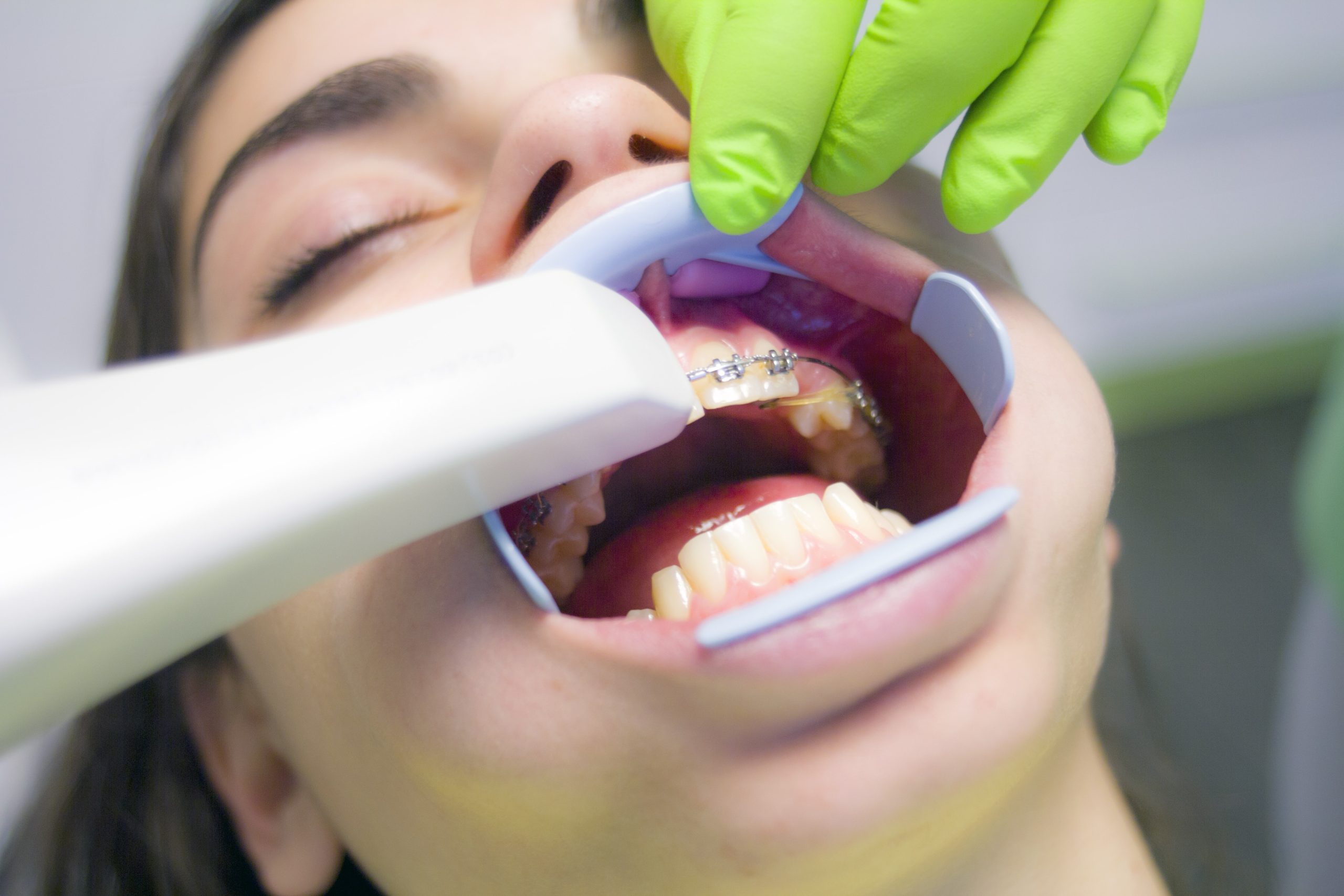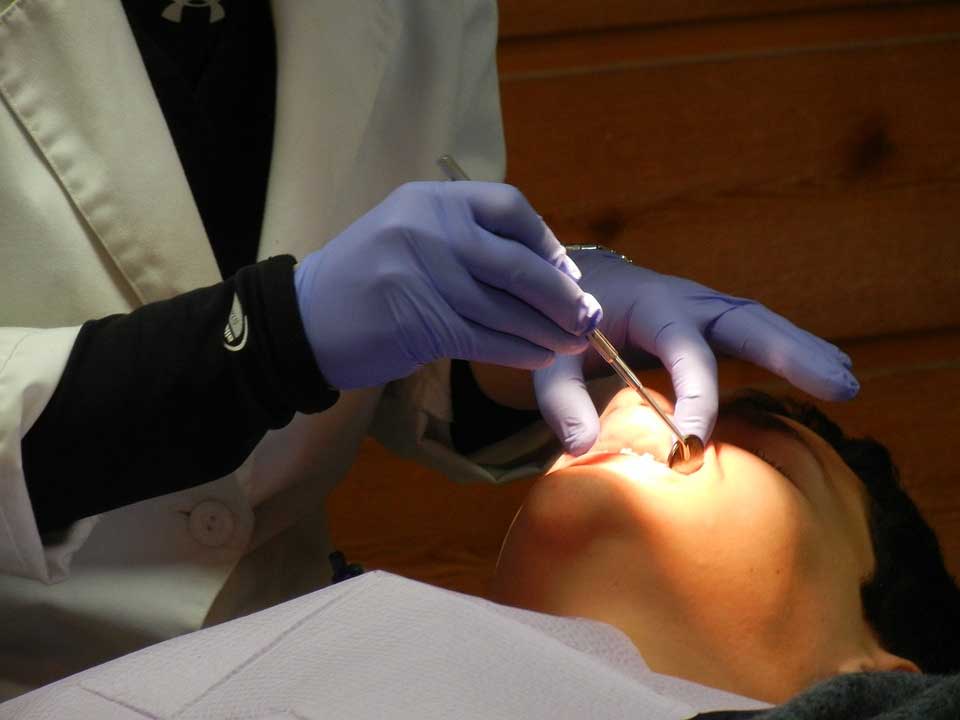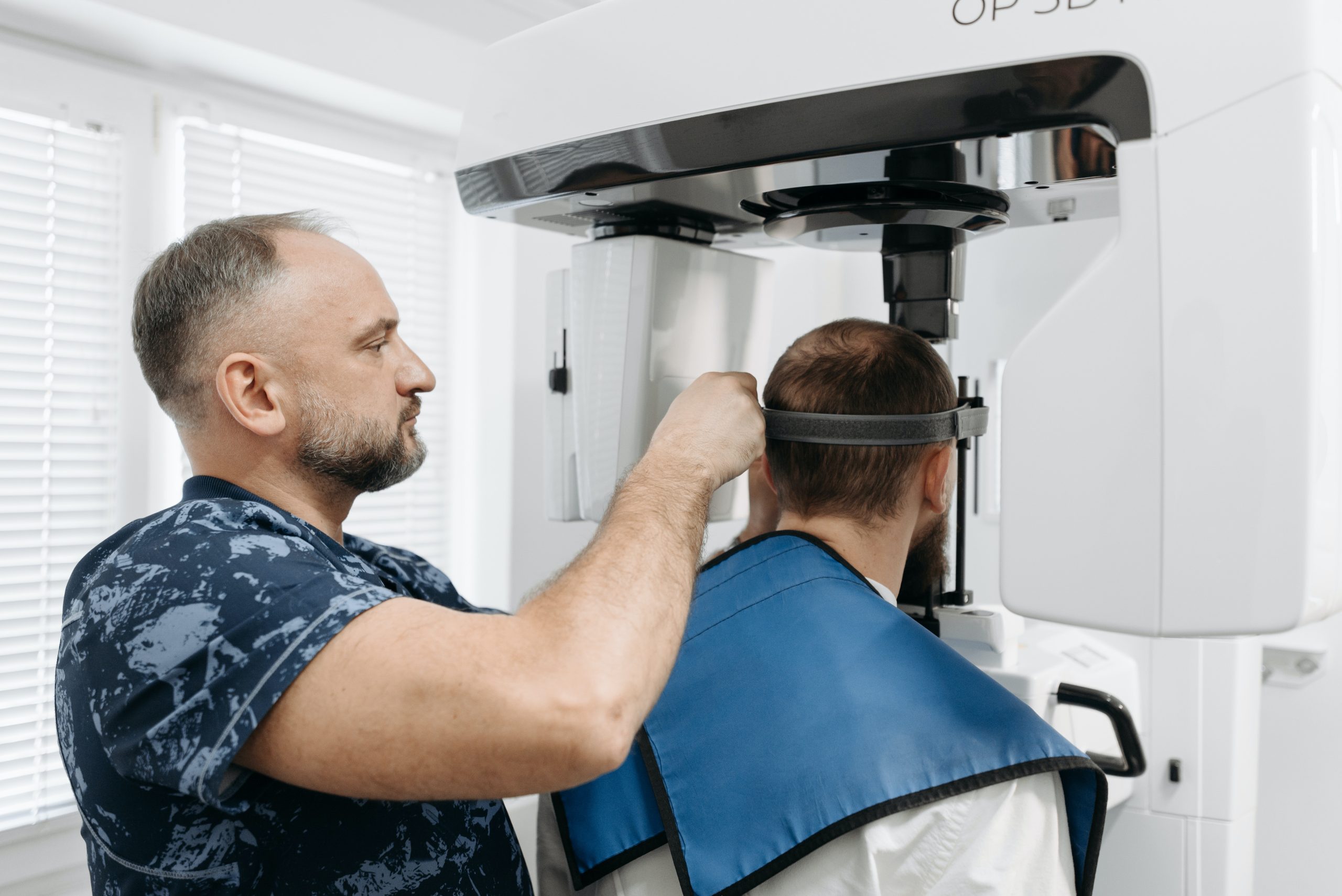
Common Types of Dental Restoration: Direct vs. Indirect
Did you know that your dental professional can fix teeth that have been damaged or decayed with either direct or indirect dental restorations? In both situations, they will repair the damaged tooth in different ways using various dental restoration techniques. The best dental restoration method for your particular situation will depend on details such as the nature, extent, and location of the damage or decay.
Direct vs. Indirect Restorations
With developments in dental technology, a wide variety of dental restorations are now available. Direct and indirect dental restorations are the most typical options. What sets these two restorations apart? Let’s take a more detailed look.
Direct Dental Restorations
Direct tooth restorations are possible in one appointment. Filling cavities is the most common direct dental restoration. The location of the cavity and the patient’s preferences will determine the best filling material. Dental treatments that include direct restorations are less complicated and can begin dealing with the issue instantly.
Composite fillings are used to repair mild to moderate cavities and are the most often used for direct restorations. Nevertheless, various composite bonding methods use composite resin to close spaces between teeth and repair small to medium chips and cracks.
Both fillings and crowns consist of placing composite resin softened to the tooth structure or cavity and then curing the composite resin using a light. The last coating is shaped and polished to fit the rest of the tooth. Direct restorations are completed as soon as the last layer has solidified, and people can resume their day normally. You may visit this website for more detailed information.
Indirect Dental Restorations
Indirect restorations that need to be made outside the mouth are permanent or semi-permanent fixed restorations. This kind of restoration is often done in a dental lab. These can also be made with an office milling machine. For proper positioning, indirect restorations usually require two dental appointments because they are created in a dental laboratory.
Larger than direct restorations, indirect restorations can fix teeth with more severe decay or damage than a little cavity. They are also made from various dental materials that strengthen the tooth and make it possible to chew for longer without wearing them down.
Furthermore, indirect restorations can provide numerous cosmetic benefits that will improve the appearance of your smile. Some indirect dental restorations can now be completed in a single dental office visit with the help of developments in digital dentistry like CAD and CERC machines and 3-D imaging.
Which One Will I Need?
Both types of dental restorations are needed to fix problems with teeth. When a patient’s teeth are damaged or decayed beyond the point where a filling can be used, indirect restorations like crowns or bridges may be necessary. These types of restorations are fabricated outside of the mouth and then cemented into place. Unlike direct restorations, indirect restorations require more preparation and may take longer to complete.
Direct and indirect dental restorations might be required for some people. Maintaining regular semiannual dental appointments and cleanings can significantly reduce the need for dental restorations. Reduce your risk of needing a dental restoration or allowing your condition to progress to an indirect dental restoration by going to a dentist and seeking treatment as soon as possible. You can also check out other dental services, such as dental crowns, bridges, root canal treatment, and teeth whitening in New York.
Final Thoughts
Both of these dental restorations are effective in restoring teeth that have been damaged or decaying. Direct restorations are best for less extensive damage or decay, while indirect restorations can fix more extensive damage or decay and restore teeth with cosmetic problems. A visit to your local cosmetic dentist can help determine which restoration is ideal for your teeth.














